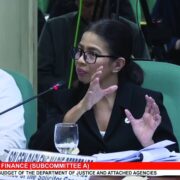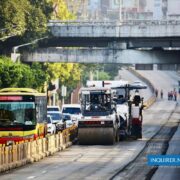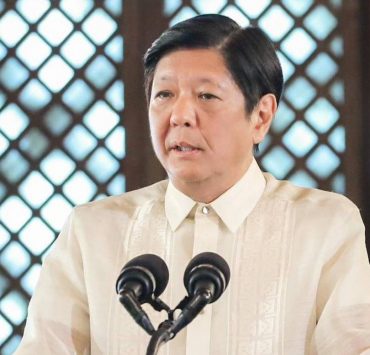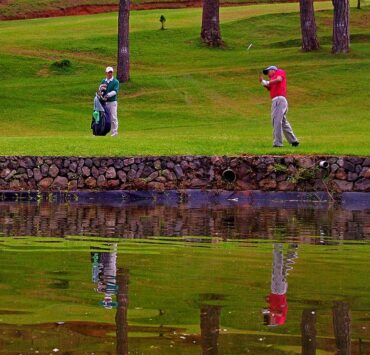Baguio explores ‘green burials’ as cemetery space shrinks
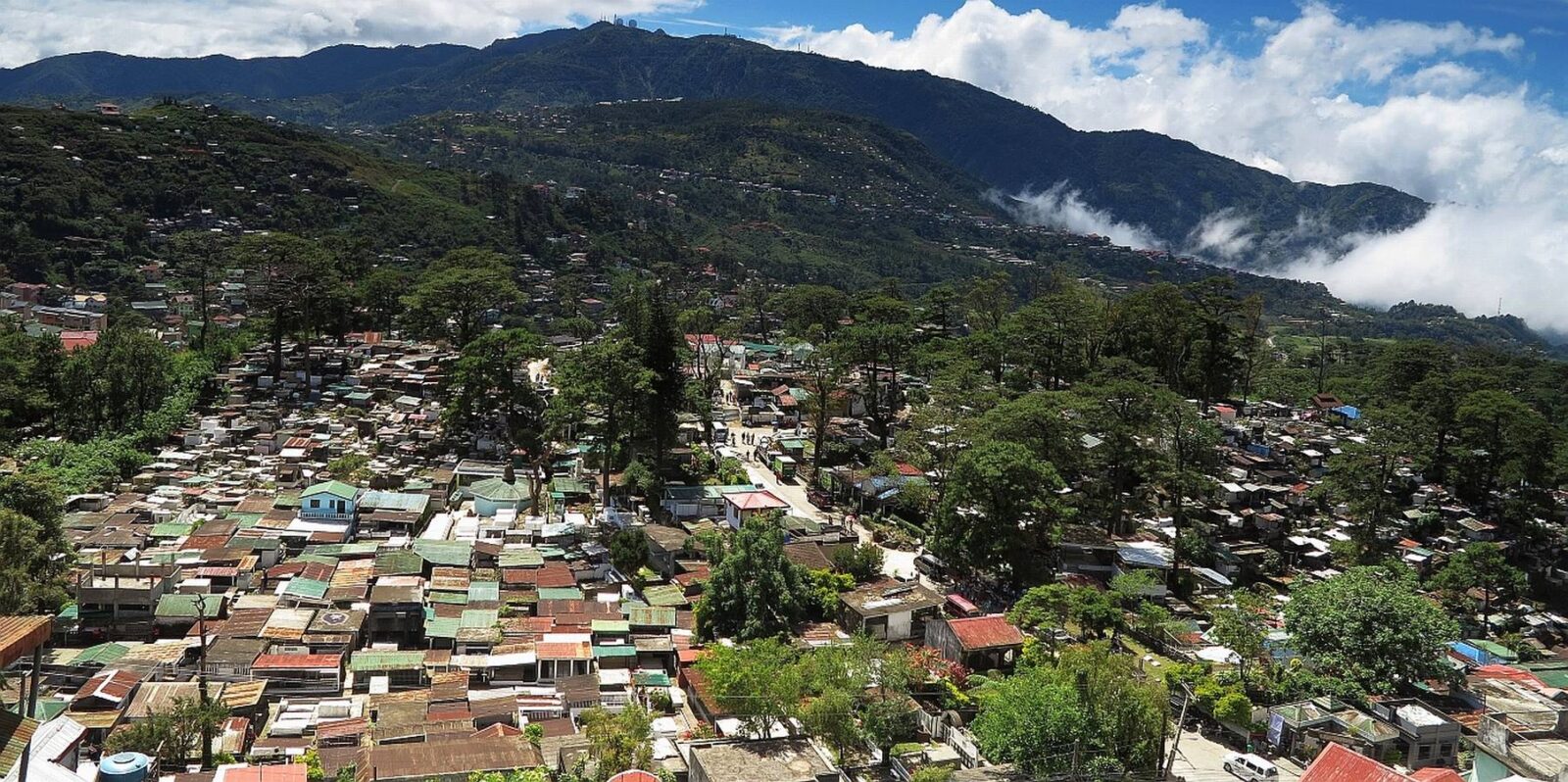
BAGUIO CITY—The city government is exploring the possibility of “green burials,” an ecofriendly alternative that allows the deceased to contribute to the growth of trees.
City Administrator Bonifacio dela Peña revealed on Wednesday that the concept of natural or green burials — where bodies are interred without embalming chemicals in biodegradable caskets — is being studied as part of efforts to address overcrowding at the city’s 92-year-old public cemetery.
The 9-hectare cemetery, established in 1932, has interred 19,725 people, according to a government tally.
Among the notable figures buried there are Eusebius Julius Halsema, Baguio’s last American mayor, and Mateo Cariño, an Ibaloy clan leader whose legal victory in 1909 established the Native Title Doctrine — a cornerstone of indigenous rights laws in the Philippines.
Efforts to rehabilitate the cemetery have been ongoing. In 2023, Rhenan Diwas, city environment and parks management officer, proposed improvements that included creating crematory services and a multilevel columbarium.
These measures aimed to address what Diwas described as “disorderly, unorganized, and poorly planned” cemetery operations, which have persisted despite the cemetery’s inability to accommodate more burials.
This month, a concept paper detailing the green burial initiative was submitted to the city government.
Waste-to-resource
While Dela Peña withheld the identity of the proponent, he described the project as aligned with Baguio’s shift toward a circular or “waste-to-resource” economy. This policy promotes recycling, upcycling and reusing materials to minimize waste.
Under the proposed plan, families may choose cremation as an alternative to traditional burial.
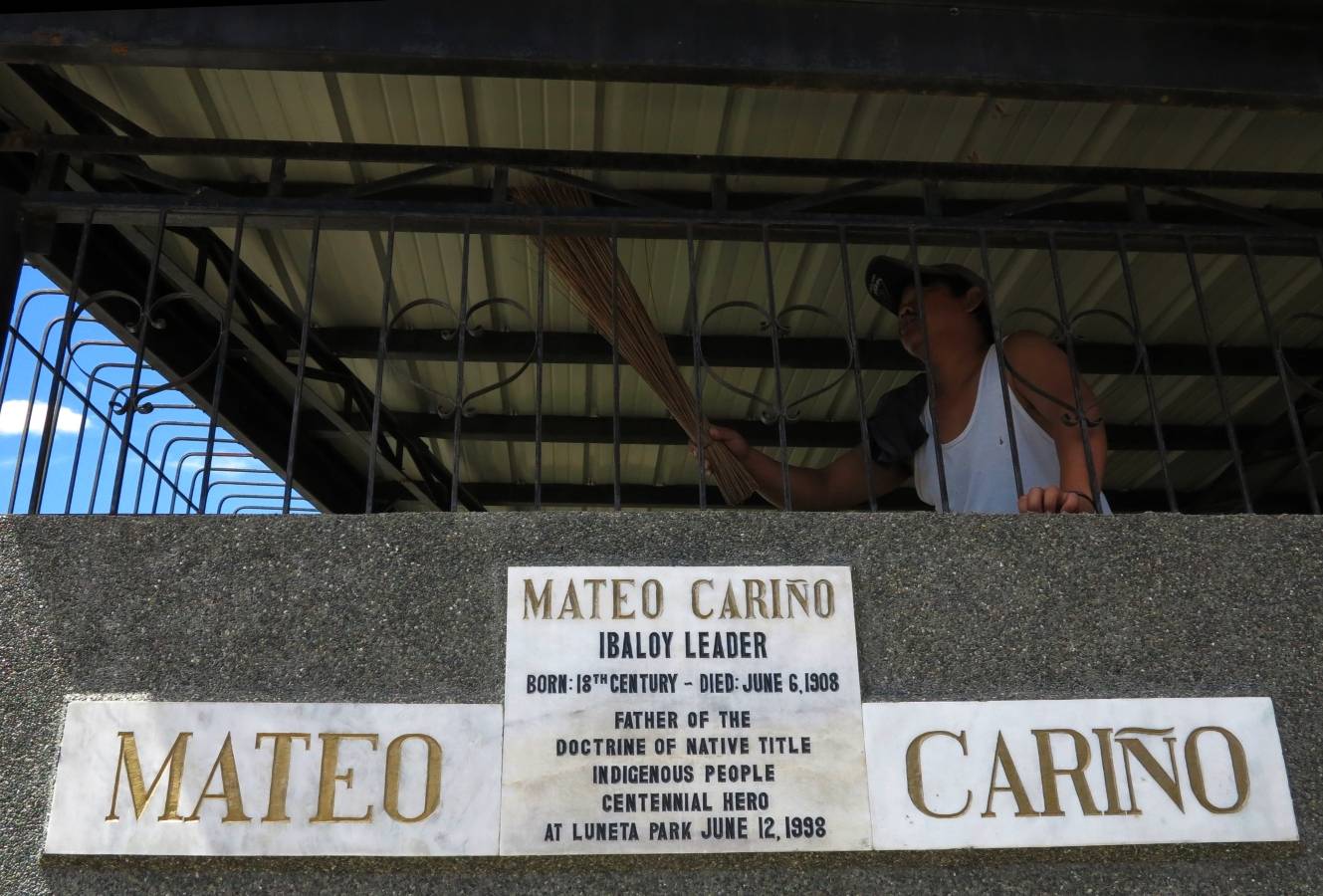
With consent, the cremated remains would be used as fertilizer for a pine tree sapling, which would then be named after the deceased.
“The bereaved family can continue visiting the tree that grew because of their deceased kin,” Dela Peña said.
The proposal suggests that green burials need not be confined to the cemetery itself. Heavily forested areas, such as the Baguio arboretum, could serve as suitable locations for these eco-friendly funerals.
Opposition
While Baguio has three private crematoriums and 12 communal and commercial burial grounds (two managed by indigenous clans), the establishment of a public crematorium at the city cemetery has been stalled.
A religious organization opposes cremation on the grounds that human remains should remain intact during and after burial, Dela Peña noted.
This opposition has emerged as a key obstacle to the green burial initiative.
Baguio’s green burial proposal is part of the city’s broader commitment to sustainable practices.
By offering an environmentally conscious alternative, the city hopes to address urban space constraints while allowing residents to leave a lasting ecological impact.
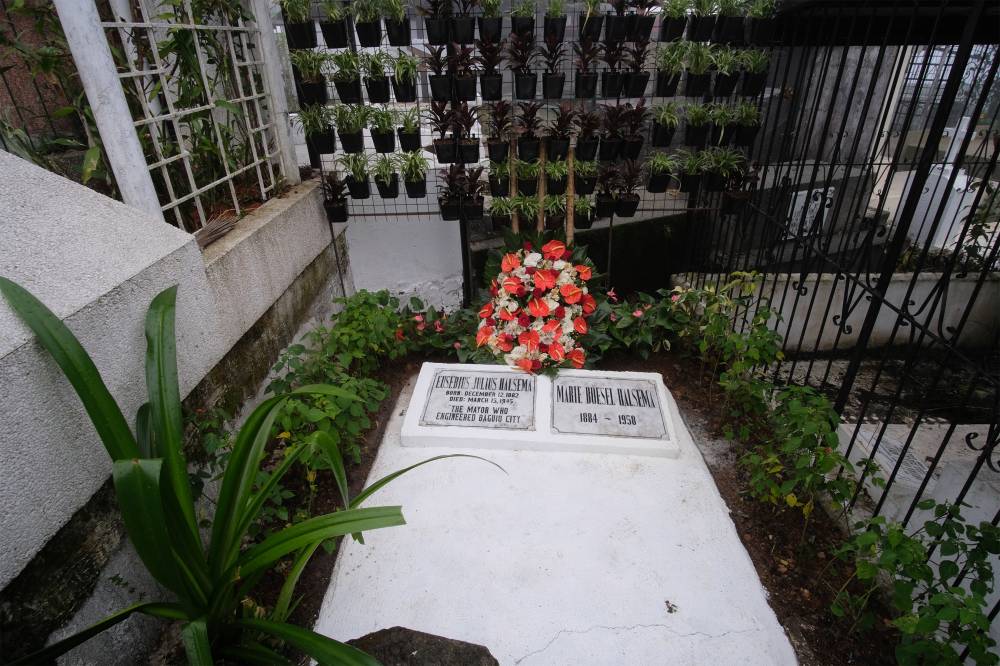
“We first need to assess its social acceptability,” said Dela Peña, noting that Baguio’s multicultural population observes a wide range of religious and cultural practices. Such diversity may pose challenges to embracing a radical burial concept like green burials.
He pointed out that burning the dead has historical precedent, referencing archaeological studies of ancient customs like Viking funerals, which were environmentally neutral and symbolic.
Dela Peña also highlighted how “green burial movements” emerged in countries like Canada and the United Kingdom during the 1990s. These movements promoted practices such as planting oak trees above graves as an alternative to traditional tombstones, making an environmental statement while honoring the deceased.
Cordillera traditions
He further connected the idea of natural burials to indigenous traditions in the Cordillera region.
Dela Peña noted the iconic hanging coffins of Sagada in Mountain Province, where the dead are placed in coffins hung on cliffs and exposed to the elements — a practice steeped in spiritual and cultural significance.
Some Ibaloy families living in the city’s outskirts have preserved their custom of burying the dead in or near their homes. However, they must now secure special permits to comply with the city’s stringent sanitation laws.
Dela Peña explained that these historical and cultural parallels demonstrate that natural burial practices, while innovative to modern sensibilities, are deeply rooted in humanity’s past and could inspire greater acceptance of ecofriendly alternatives in Baguio.






